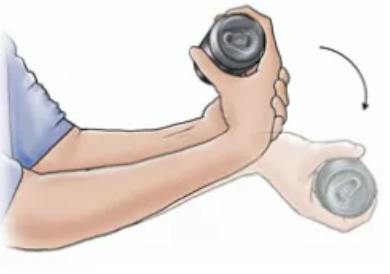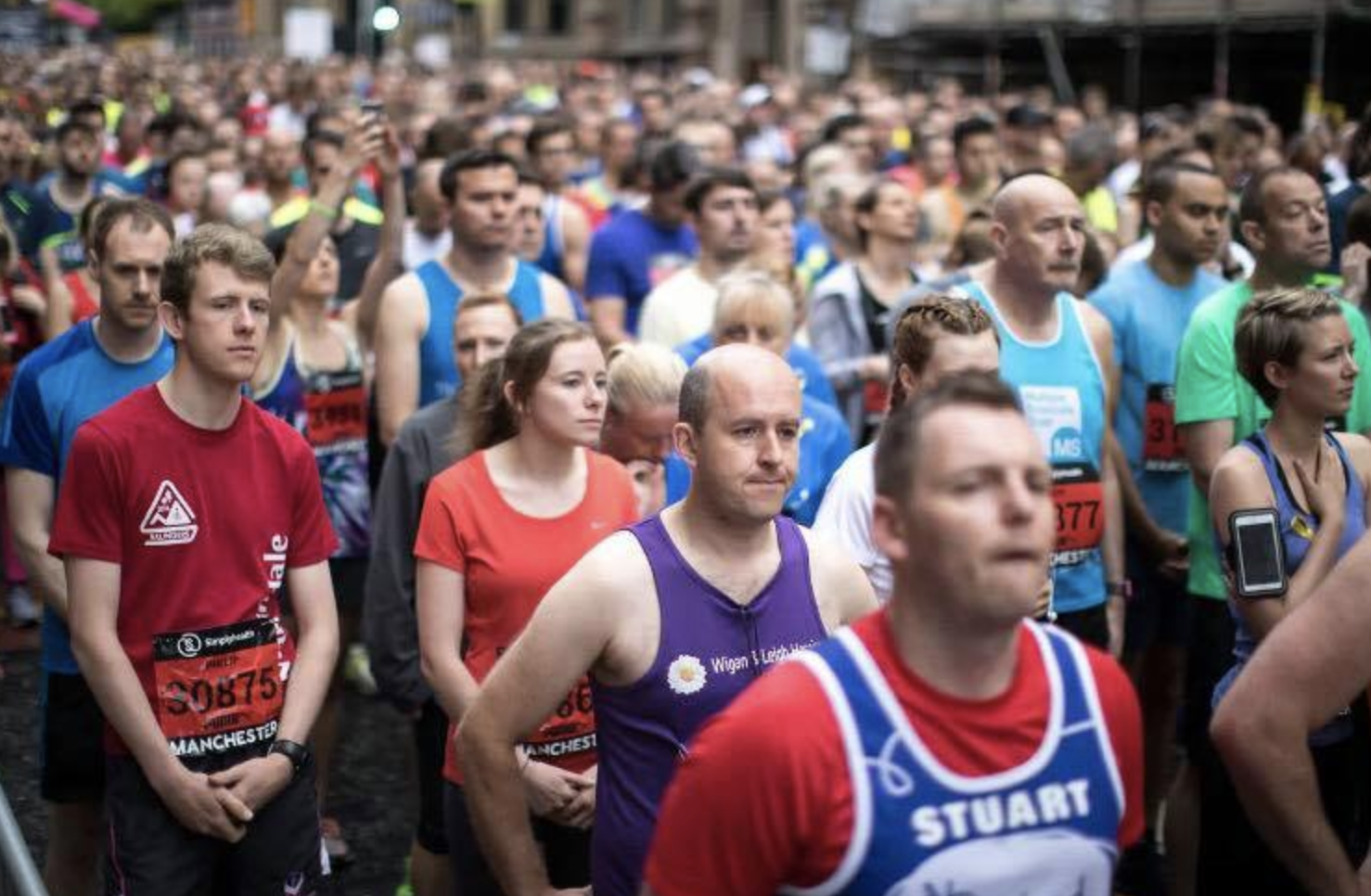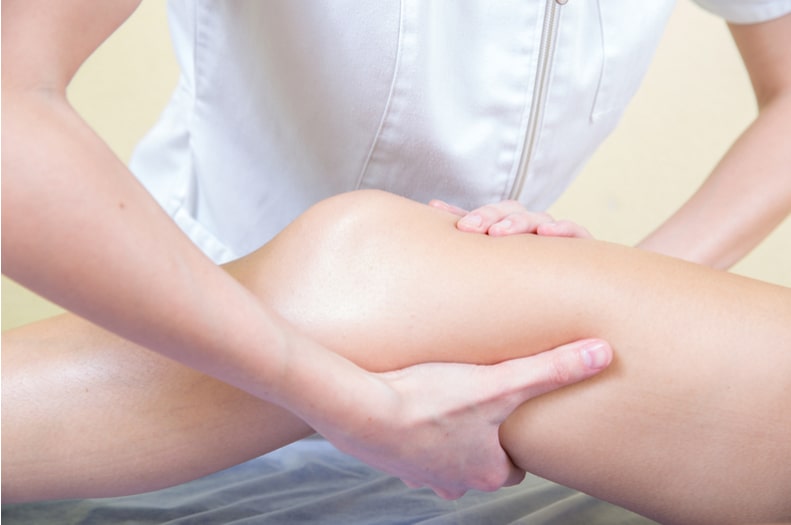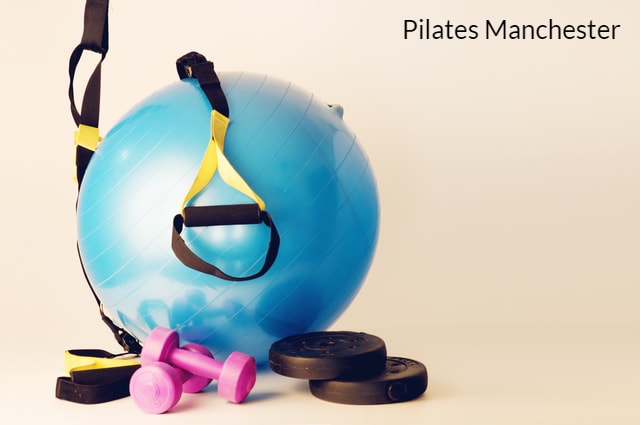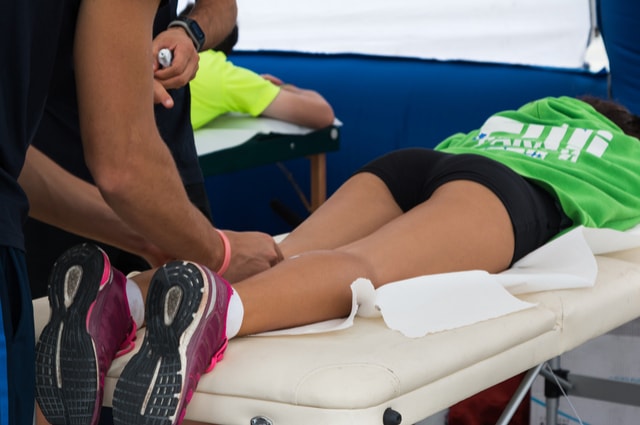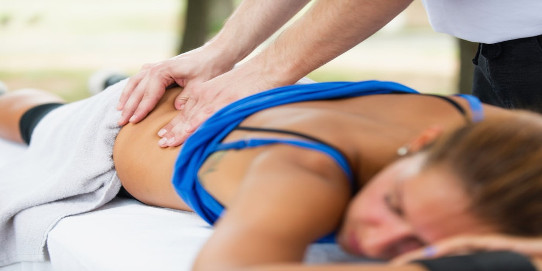Golfer’s Elbow Exercises
Alongside a tailored physiotherapy treatment plan for Golfer’ Elbow, it is important to engage in rehab activities at home in order to speed up the recovery process.
Here, we run through motion and resistance exercises to help you, as well as glides if your ulnar nerve has been affected.
Range of Motion Exercises
Active and passive Wrist extension
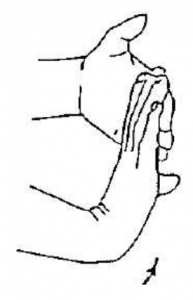
Description: Start with your wrist in a neutral position and slowly bring your wrist into extension, for an extra stretch assist with your other hand and pull a bit further
- 3x8repetitions – 10 second holds
Radial deviation
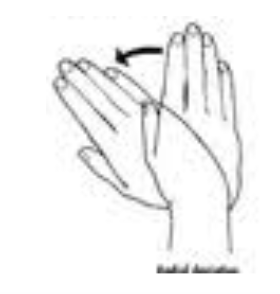
Description: Start with your wrist in a neutral position and slowly move inwards towards the thumb, for an extra stretch assist with your other hand and push your hand more in to radial deviation.
- 3x8repetitions – 10 second holds
Supination & Pronation
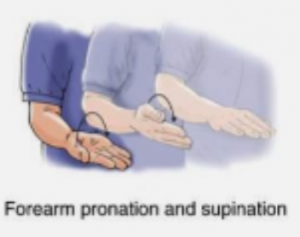
Description: Start with forearm in neutral position and alternate from rotating the palm of your up and down bringing your forearm into supination and pronation.
- 3×10 – 3second holds
RESISTANCE TRAINING
Eccentric Wrist Flexion
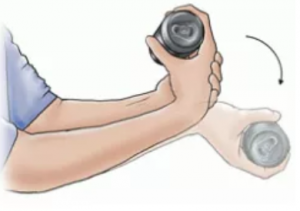
Description: Use your other hand to bring your hand up into flexion and then slowly bring your wrist down trying to resist gravity. Use weight to make it more difficult. Increase weight when possible.
- 3×15 reps
Resisted supination/pronation

Description: Use a heavy object such as a weight and alternate from supination to pronation while trying to resist gravity.
- 3x15reps
Resisted radial deviation
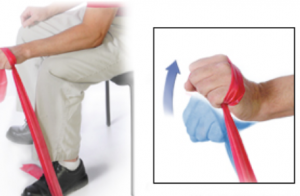
Description: With an elastic band placed under your foot, hold on tightly and move your wrist in to radial deviation (inwards).
- 3x15reps
Gripping

Description: With a resistance ball, work on your grip strength by squeezing the ball and holding for a couple of seconds.
- 3×8 – 5sec holds
GLIDES
If your Ulnar nerve has been affected with your golfers elbow add a couple of neural gliding exercises to your exercise program.
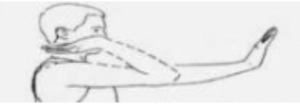
Description: arm at shoulder height, hand bent back, fingers straight and bend elbow in this position.
- 10x 8second holds
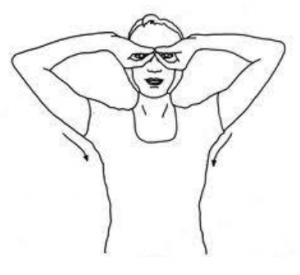
Description: Start by making the “OK” sign with your fingers, bring your elbows up and place the “O” over each one of your eyes with the other fingers resting on your face. As if, giving yourself raccoon eyes.
- 10x8second holds

